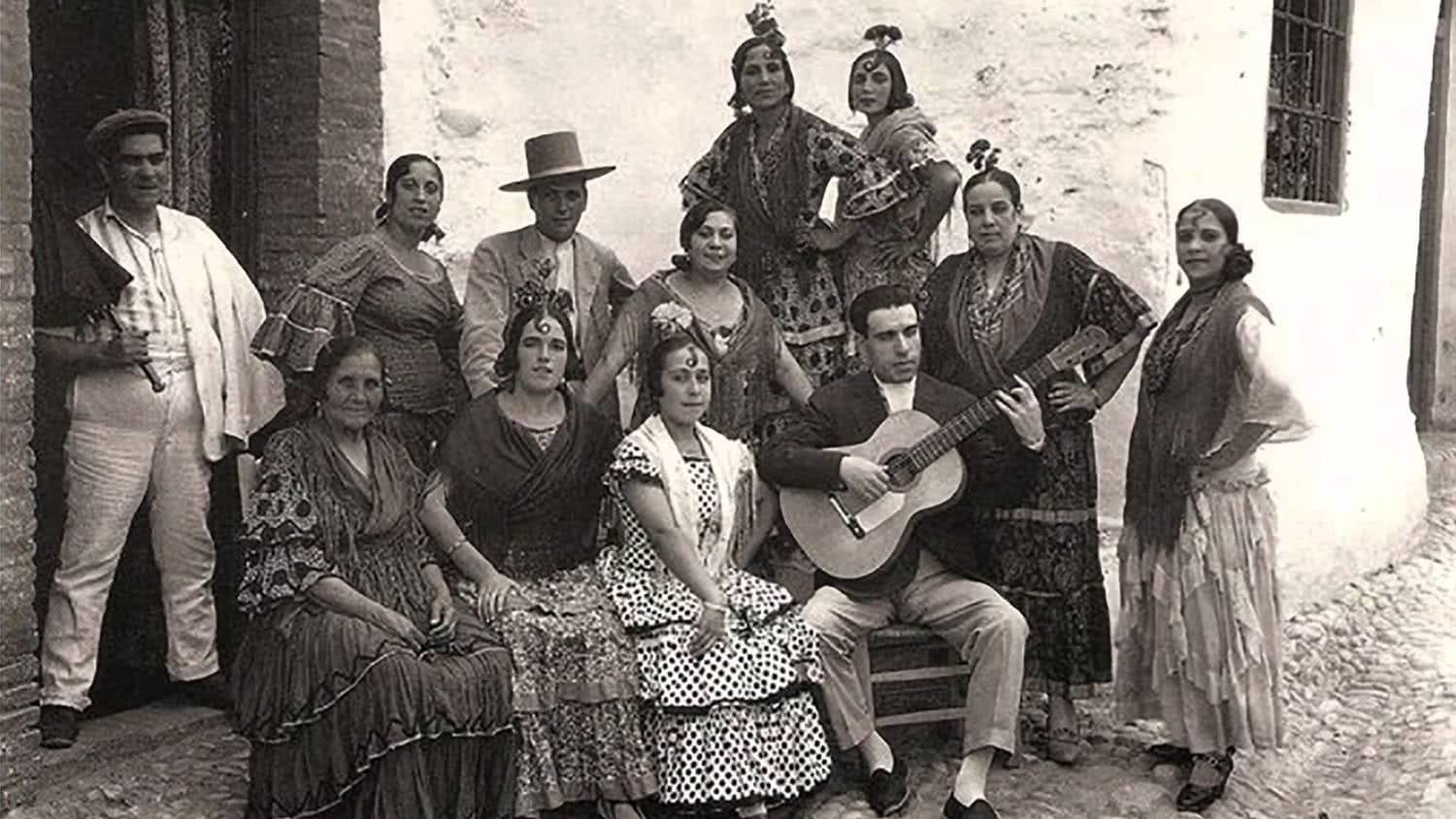The Heart of Flamenco is duende
In flamenco, duende is the mysterious force that captivates both performers and spectators, creating a palpable connection between the artists, the music, and the audience. It is an indefinable and mystical energy that arises when the artist is deeply immersed in the performance, transcending technical skill to evoke profound emotional responses.
Duende is associated with spontaneity, improvisation, and a raw, visceral expression of emotions such as anguish, passion, and joy. It is believed to be an innate quality that certain performers possess, allowing them to connect with the deepest, most authentic aspects of human experience.
The concept of duende is not exclusive to flamenco; it has roots in Spanish art and literature, particularly associated with poet and playwright Federico García Lorca, who explored the idea extensively. In the context of flamenco, duende is considered the intangible essence that sets apart a truly extraordinary performance from a technically proficient one.
Achieving duende in flamenco is a delicate balance between technical mastery and emotional vulnerability. It is the moment when the artist loses themselves in the music, transcending the boundaries of technique to convey the raw, unfiltered emotions that define flamenco's power and authenticity. Duende is the magic that transforms flamenco from a mere performance into a soul-stirring, transformative experience for both the artist and the audience.
The History of Flamenco
Flamenco is a passionate and expressive art form that originated in the Andalusian region of Spain, with a rich history that spans several centuries. Its roots can be traced back to diverse cultural influences, including the Gypsies, Moors, Jews, and indigenous Andalusians, creating a unique blend of music, dance, and singing that is emblematic of Spanish culture.
The exact origins of flamenco are shrouded in mystery, but its development is deeply intertwined with the historical and cultural context of Andalusia. The Gypsies, also known as Romani people, played a crucial role in shaping flamenco. Their migration from northern India to Europe brought a distinct musical and dance tradition that fused with local Andalusian elements.
During the Moorish rule in the Iberian Peninsula (711-1492), Islamic, Jewish, and Christian cultures coexisted, influencing each other's music and dance. This cultural melting pot contributed to the diverse elements found in flamenco today. The Moors, in particular, introduced intricate rhythmic patterns and scales that became integral to flamenco's musical structure.
In the 15th century, with the Reconquista and the expulsion of Moors and Jews, the Gypsies faced persecution and social marginalization. This pushed them to the outskirts of society, where they preserved their cultural practices, including flamenco. This art form became an essential means of expression for marginalized communities, embodying their struggles, joys, and sorrows.
Flamenco continued to evolve through the centuries, adapting to changing social and political landscapes. The 18th century marked a significant period in its development, with the emergence of specialized flamenco performers known as "cafés cantantes." These were venues where artists showcased their skills, and flamenco gained popularity among diverse audiences.
The 19th century saw flamenco gaining recognition beyond Andalusia, spreading to other parts of Spain and even reaching international audiences. This period witnessed the formalization of distinct palos (musical forms) within flamenco, including bulerías, soleá, tangos, and alegrias, each with its unique rhythm and emotional expression.
Flamenco's golden age came in the late 19th and early 20th centuries, characterized by the emergence of legendary figures such as guitarist Paco de Lucía, singer Camarón de la Isla, and dancers Antonio Gades, Maria Pages, Carmen Amaya. Their innovations and collaborations pushed the boundaries of traditional flamenco, incorporating new instruments, musical styles, and choreography.
In the 20th century, flamenco experienced a resurgence of interest both in Spain and globally. Its fusion with other genres, such as jazz and rock, led to the creation of nuevo flamenco, attracting a younger and more diverse audience. Despite these modern influences, flamenco has maintained its authenticity and deep connection to its historical roots.
Today, flamenco continues to captivate audiences worldwide with its emotional intensity, intricate footwork, soulful singing, and virtuosic guitar playing. It has become a symbol of Spanish cultural identity, recognized by UNESCO as an Intangible Cultural Heritage of Humanity. Flamenco's journey from the marginalized communities of Andalusia to the world stage reflects its enduring power to convey the human experience through music, dance, and song.
Photo of Carmen Amaya by Juan Gyenes



